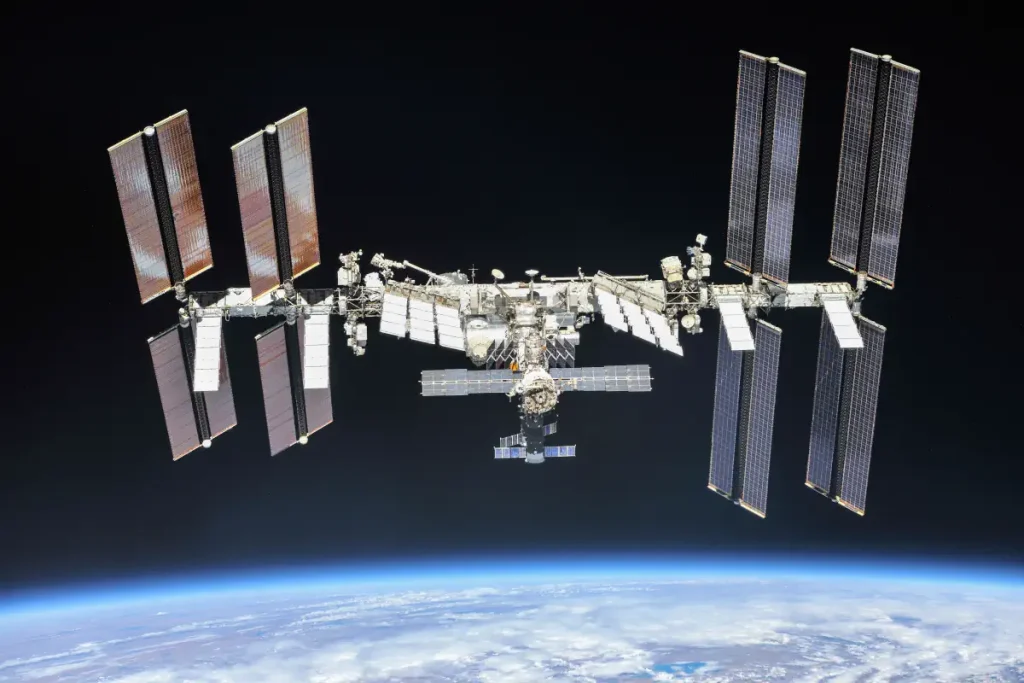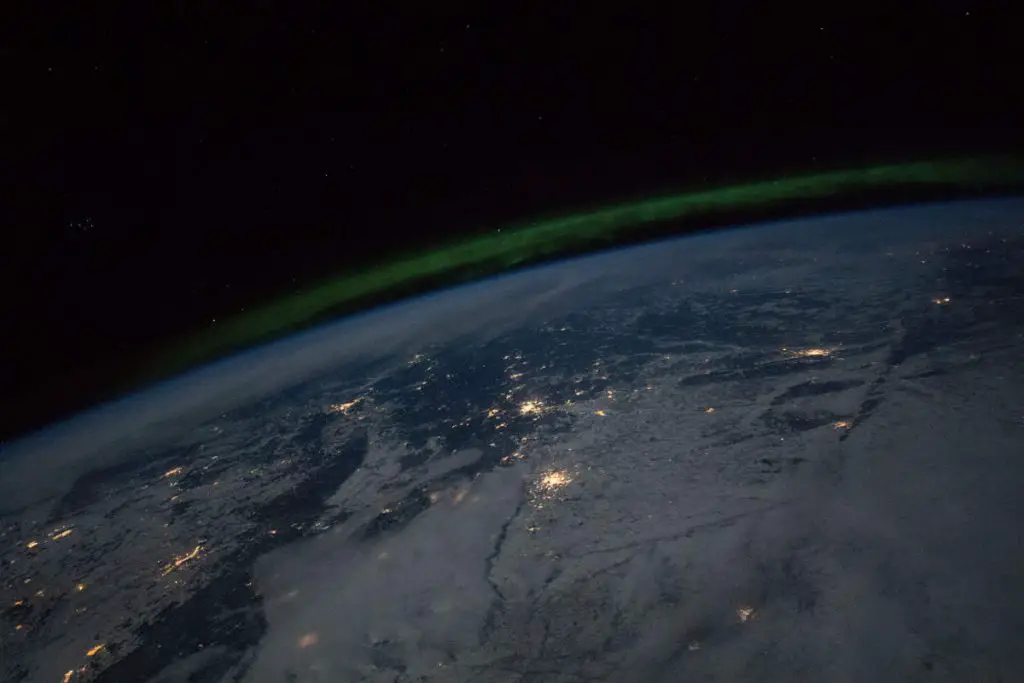The International Space Station (ISS) has been orbiting Earth since 1998, providing scientists and astronauts with an unparalleled view of our beautiful planet. But thanks to advancements in technology and the availability of high-speed internet, people all over the world can now experience breathtaking views of Earth from the ISS in real time.
Live HD streaming of Earth from the ISS has become a popular way for people to connect with the beauty and fragility of our planet, and to gain a deeper understanding of the science and technology that make this remarkable feat possible.
When I was a child, I always dreamed about going to space, traveling between planets, and watching Earth from space. Back in the 1980s, we were almost sure that around the year 2000, space travel would be so common. Remember TV shows like “Space: 1999”, where we’ve had a moon base called “Alpha”. Unfortunately, the space race lost its momentum during the 1990s and 2000s.
We all ’80s kids realized that science fiction was not quite accurate when it came to space travel. Science fiction writers overestimated space technologies’ advancement speed while underestimating computer technologies’ and electronics’ advancement speed.
But thanks to the Internet and computer science, we are all able to see the Earth from space – there’s a 24/7 live streaming of Earth from the International Space Station (ISS).
Video: Earth from the ISS [Official NASA Stream – Live, HD]
You can watch live views streaming from the International Space Station (ISS). The feed comes from an external camera mounted on the station’s Harmony module, positioned to look forward at an angle. From this vantage point, the International Docking Adapter 2 (IDA-2) is visible.
If the Harmony module camera is not available due to operational considerations for a longer period of time, a continuous loop of recorded Earth views will be displayed with the caption “Previously Recorded.”
NASA TV airs a variety of regularly scheduled, pre-recorded educational and public relations programming 24 hours a day on its various channels. The network also provides an array of live programs, such as coverage of missions, events (spacewalks, media interviews, educational broadcasts), press conferences, and rocket launches.
In the United States, NASA Television’s Public and Media channels are MPEG-2 digital C-band signals carried by QPSK/DVB-S modulation on satellite AMC-3, transponder 15C, at 87 degrees west longitude. The downlink frequency is 4000 MHz, horizontal polarization, with a data rate of 38.86 Mhz, a symbol rate of 28.1115 Ms/s, and ¾ FEC. A Digital Video Broadcast (DVB) compliant Integrated Receiver Decoder (IRD) is needed for reception.
The High Definition Earth Viewing (HDEV) experiment consists of four cameras that have been attached outside of the ISS – International Space Station.
It is hard to see anything when the International Space Station is on the dark side of our planet, but be patient, you’ll be on the sunny side in a few minutes (the orbital period of the ISS is 92.69 minutes). The orbiting station’s average speed is 7.66 kilometers per second (27,600 km/h; 17,100 mph).
Read more on the NASA website: International Space Station updates

Source: eol.jsc.nasa.gov/ESRS/HDEV/
- Moon Landings: All-Time List [1966-2025] - February 2, 2025
- What Is Max-Q and Why Is It Important During Rocket Launches? - January 16, 2025
- Top 10 Tallest Rockets Ever Launched [2025 Update] - January 16, 2025

